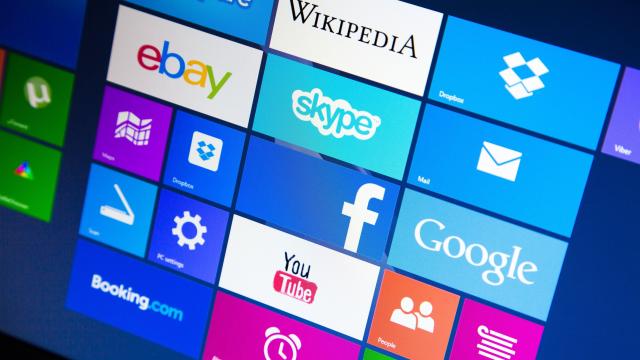Poor, beleaguered Windows 7, 8, and 8.1 are now officially strolling the Elysian Fields of dead operating systems as Microsoft that the end of its support for them finally arrived on Tuesday.
Though the OS will continue to function, the end of support means 8.1 will no longer receive any software or security updates. It also means the company won’t provide any technical support for either operating system. Windows 8 came out back in 2012, but the company released its 8.1 patch just a year later to address criticisms like a lack of a Start button and a lack of customisation. That OS was finally succeeded by Windows 10 just three years later.
But more than that, Jan. 10 is the day that Microsoft is truly ending any and all support for 8’s much more popular younger brother, Windows 7.
Three years ago almost to the day, Microsoft officially announced it would stop doing software updates for Windows 7, an OS that originally came out in 2009. Still, the company did offer a hand with its Extended Security Updates (ESU) service for people running Windows 7 Professional and Windows 7 Enterprise. Still, those extended security patches didn’t include Microsoft Support, and users had to pay to sign up for the service. Windows 8.1 won’t be seeing any extended security support, likely because 8 proved to be a much less popular version of the OS than 7.
Of course, both operating systems will still run on computers, but a lack of software patches does open up plenty of vulnerabilities. The last patch Windows 7 received for ESU customers was back in December.
At the end of 2020, ZDNet reported there were still millions of computers running Windows 7 even though Microsoft ended full support. Official analytics from U.S. government agencies previously suggested that 8.5% of federal computer systems were still running Windows 7 three years ago. The latest numbers from Sunday show there are still over 33,000 federal computer systems running 7. Similarly, there are over 18,000 federal systems running Windows 8 or 8.1.
In the meantime, adoption of Windows 11 has been pretty slow for Microsoft’s tastes. Analytics firm Statcounter reported at the tail end of last year that the latest OS accounts for just under 17% of Windows market share. It barely beat out Windows 7, which claimed 11%. Last year, the company included a host of new features for the OS, including new accessibility and security features, but that still hasn’t made enough of a case for the 68% of Windows 10 users to finally make the switch.
